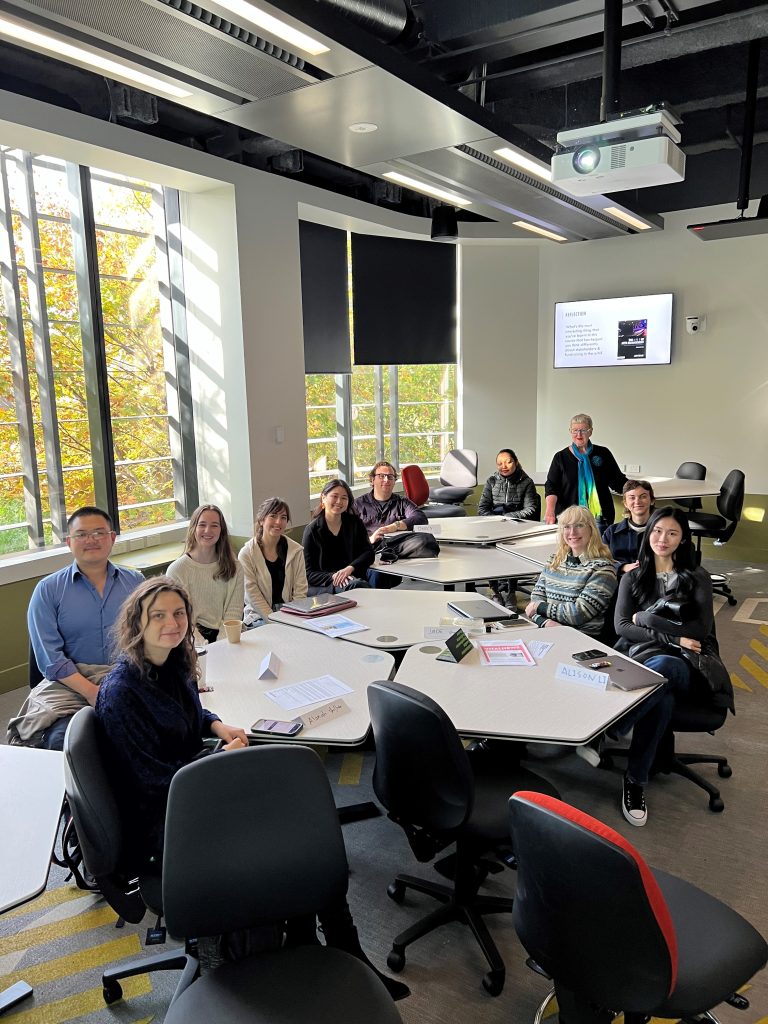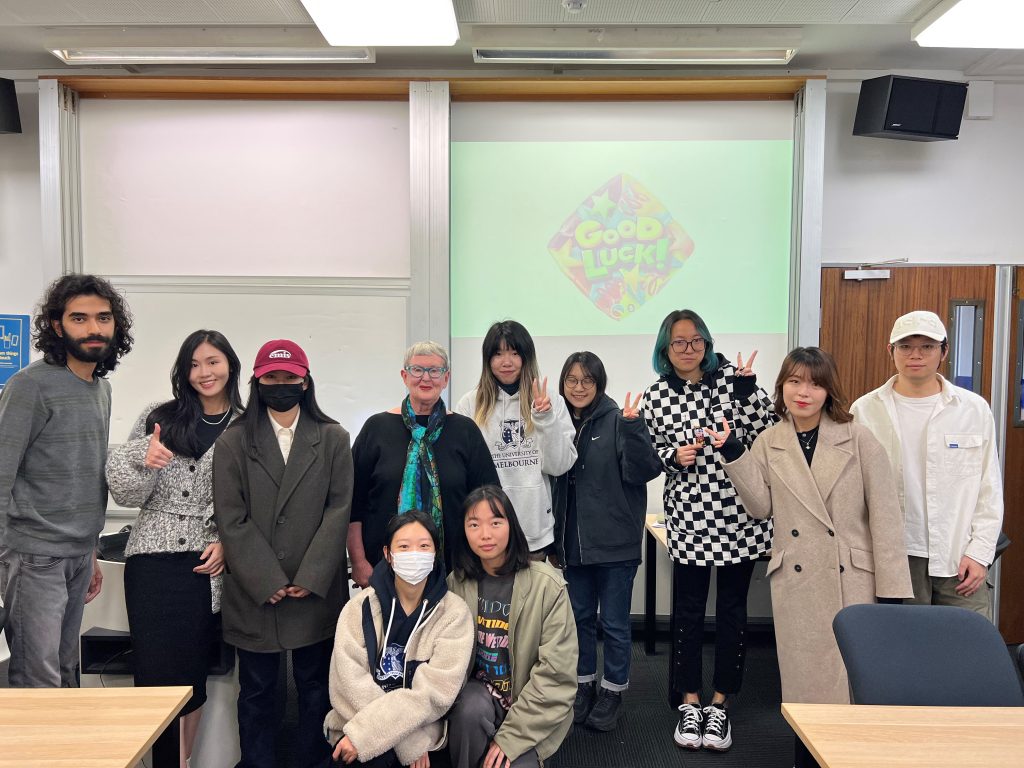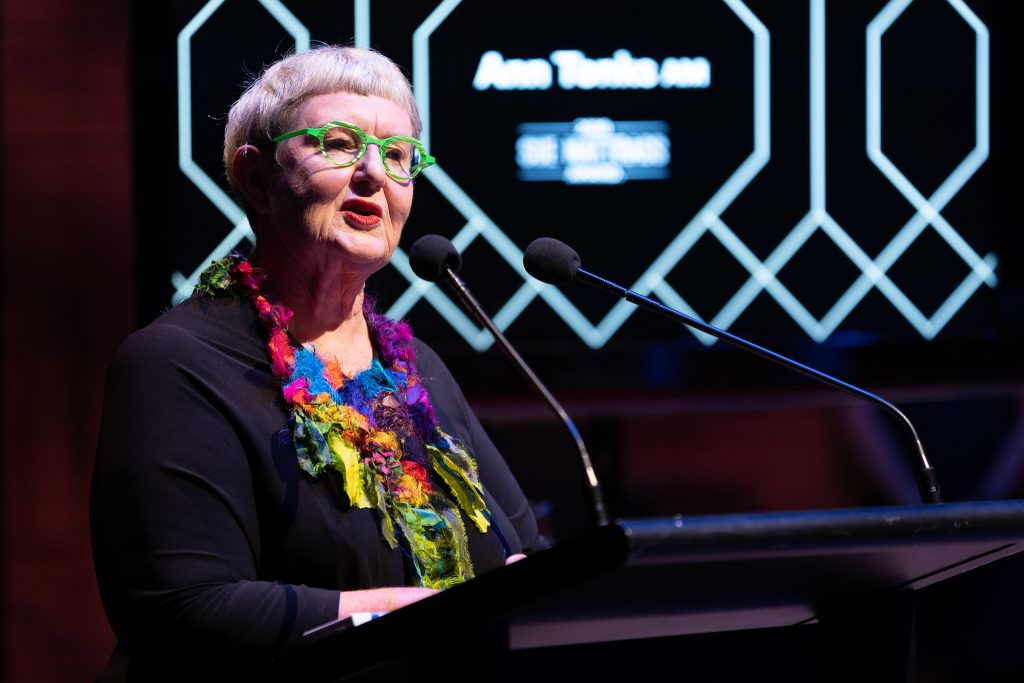I’ve being doing some tidying up of old University teaching files as I draw to the end of that part of my career. And there in the folder about Strategic Planning were notes from a talk I’d done about organisational ‘vision’. I can’t remember when or where I gave the talk but there are some points in it that I thought were worth revisiting.
There are technical definitions about ‘vision’ in textbooks on strategic planning but it’s really quite simple. Leaders have a vision – a dream and direction that inspires other people to follow. Each arts organisation that I’ve worked with has had a sense of what they wanted to achieve in the future. And as a leader of that organisation, in my opinion you need to:
- Articulate a vision that incorporates beliefs and values as well as actions and goals
- Help people – your board and your staff – to share that vision with you
- Be passionate about the art you’re creating and the people who are making it because without that creativity, the vision remains just words on page.
I’ve been lucky to work in organisations permeated by vision. In fact, my choice of employers has always been based on their vision. I worked 12 hours a day for a theatre company but I wouldn’t work 12 hours a day for an organisation that made concrete pipes or traded shares. I have worked for half the salary that I could get in the corporate world but I wouldn’t work for a company where the CEO earnt millions of dollars in excessive of the average worker.
But having a vision isn’t by definition always a good thing and there are times when having a vision isn’t enough.
Part of the Australian’s Government’s aid to the post-apartheid South Africa was to send various media experts to help do everything from cover an election to making news and current affairs programs that weren’t just excerpts from the regime’s press-releases. My role was to review Radio South Africa, the national English Language radio station. RSA had a vision. Their vision was to perfectly English. In the apartheid world, people of colour weren’t going to get on air but neither could most South African born English speakers because their accent wasn’t ‘good enough’. RSA wanted to be just like the BBC. But the result was a bizarre old-fashioned take on what the BBC might have been like in the 1950s. And it wasn’t just the sound of the announcers, it was the programming that also seemed to reflect an old-fashioned culture. My favourite was Music after 6 which was ‘lift’ music filling in the time leading to the 7pm news. When I asked what it was supposed to do, the answer was ‘it’s when men get home and have a sherry or cocktail with their wives before the news.” What men? What women? What cocktails? Yes, RSA had a vision but the result was a National Broadcast that only spoke in the language of a minority to an even smaller minority.
Sometimes our visions can drive people to work too hard and too long. Because those of us leading in the arts believe so utterly in the purpose of our organisations, we can easily find ourselves exploiting the people who work for us. There is plenty of evidence that arts workers will trade salaries and conditions for the privilege of working for our vision but eventually that can lead to burnout, turnover, stress, and poor industrial relations.
At Melbourne Theatre Company there were (and still are) artisans who have stayed and stayed and stayed, some working for the company for over 30 years. They stay because they love what they do – the creation of unique worlds. And they would be amongst the world’s best craftspeople in terms of their skills. But they weren’t always happy. And they are highly unionized with a history of antagonism towards ‘management’ even when they respect and admire the Artistic Director and even the Managing Director.
Why? Because although MTC pays well by industry standards, the rates don’t always reflect the workers’ value or match market rates in other industries. Because they can’t control their world – directors and designers have higher status and can make demands that increase workloads and make planning difficult.
So even in an organisation where everyone has chosen to work there because of the vision and where the vision is the defining point of every discussion on every day, you still need a range of pragmatic management skills to ensure that people in the company are respected, valued and effectively lead.
There are also times when the vision isn’t enough. No matter how glorious the vision, I don’t believe that any of the following leaders can be successful:
- The “I will scream and abuse you until you succumb out of fear” leaders
- The “this is my opinion and that’s all that matters” leaders
- The “if you don’t do it my way, don’t expect to have a job” leader
- The “you do it for me and I’ll take the glory” leader
- And yes, the “I’m a man and I know more than you” leader.
The leader who can sell the vision is:
- The “show me a good idea, I’ll help you achieve it, and you can have the glory” leader
- The “here’s a way to improve your skills and take over my job” leader
- The “come and work for me because I’ll encourage and empower you” leader.
Take two theatre companies, both creating the same sort of work, both presenting to the same sort of audiences, both – one could say – with the same vision. But they differ in the way they value their artists.
One company:
- Is open to the acting fraternity, holds open auditions, regularly employs new people
- Has a pro-active occupational health and safety strategy which provides actors with advice and training before a show starts
- Ensures that all member of its senior management team regularly visits casts and see shows.
Because there are more actors than gigs, the company that values its actors doesn’t necessarily get direct financial or artistic benefits from behaving as it does but it gets moral benefits because actors will choose to work for them and the staff will feel proud when their company is praised and valued.
Theatre can provide a great metaphor for visionary leadership. The role of theatre director is an interesting example of leadership at work. Their role is to:
- Find a way to physically interpret a text and give it meaning in a new world: articulating the vision
- Work with other creative people such as set, costume, lighting and sound designers: sharing the vision
- Choose actors and then facilitate their emotional and physical journey to inhabit this new world: ensuring that values and vision match
- Work within an economic framework to ensure that the world can be created affordably: an inspirational but also achievable vision
- Create a world that is on interest to more than just them and work with the marketing and audience development people to find audiences: implement the vision.
Having a shared vision is essential as a driver for an arts organisation. But we have to be careful that our vision is an ethical and meaningful one and that in the process of implementing our vision, we look after the wellbeing of the people who are helping us on the journey.





